Live Beautifully with Zero Waste Interior Design Ideas
Theme selected: Zero Waste Interior Design Ideas. Step into a home where every object has a story, every material is valued, and style never creates waste. Join our community, share your questions, and subscribe for fresh, practical inspiration.
Foundations of Waste-Free Design
Designing with Intent, Not Impulse
Zero waste interiors start with a pause. Instead of buying quickly, list actual needs, measure spaces, and visualize use over years. This simple ritual prevents regret purchases, protects budgets, and makes every addition feel genuinely welcome.
The Lifecycle Lens
Look beyond the showroom shine. Ask where an item comes from, how it’s made, and what happens at the end of its life. Prioritize materials that are repairable, recyclable, compostable, or reusable, so beauty never becomes landfill.
Setting Measurable Zero Waste Goals
Choose targets you can track: number of items bought secondhand, pounds of waste avoided, or repairs completed per quarter. Celebrate small wins, share progress with friends, and invite feedback to keep momentum honest and motivating.
Sourcing Materials the Circular Way
Old beams, school lab tops, and factory shelving become standout tables, benches, and consoles. Salvaged metals add soulful texture and long life. Seal responsibly, embrace honest patina, and tell guests the origin story over coffee.
Sourcing Materials the Circular Way
Choose finishes with low or zero VOCs, plant-based oils, and waterborne sealers that respect indoor air. Opt for mechanical fasteners instead of permanent glues when possible, so furniture can be repaired, disassembled, and remade without waste.


Prioritize refill stations for soaps and staples, durable containers, and repairable appliances. Add adjustable shelves and labeled jars to reduce duplicates. A magnetic strip for knives replaces bulky blocks and keeps counters clean, calm, and efficient.
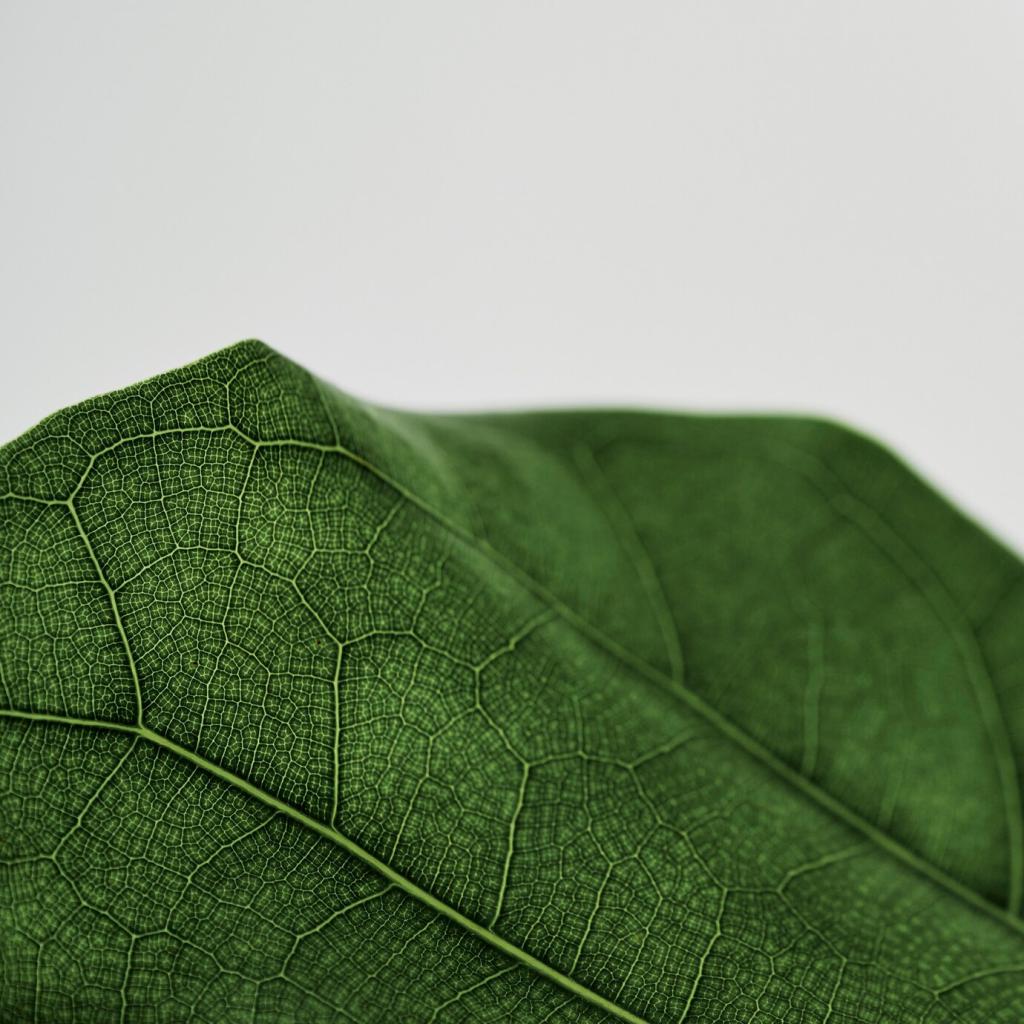
Switch to bar shampoos, refillable dispensers, and washable cotton rounds. Choose a timeless mirror and metal hardware that withstands decades of moisture. A small compost caddy for tissues or hair makes surprising, satisfying waste reductions daily.
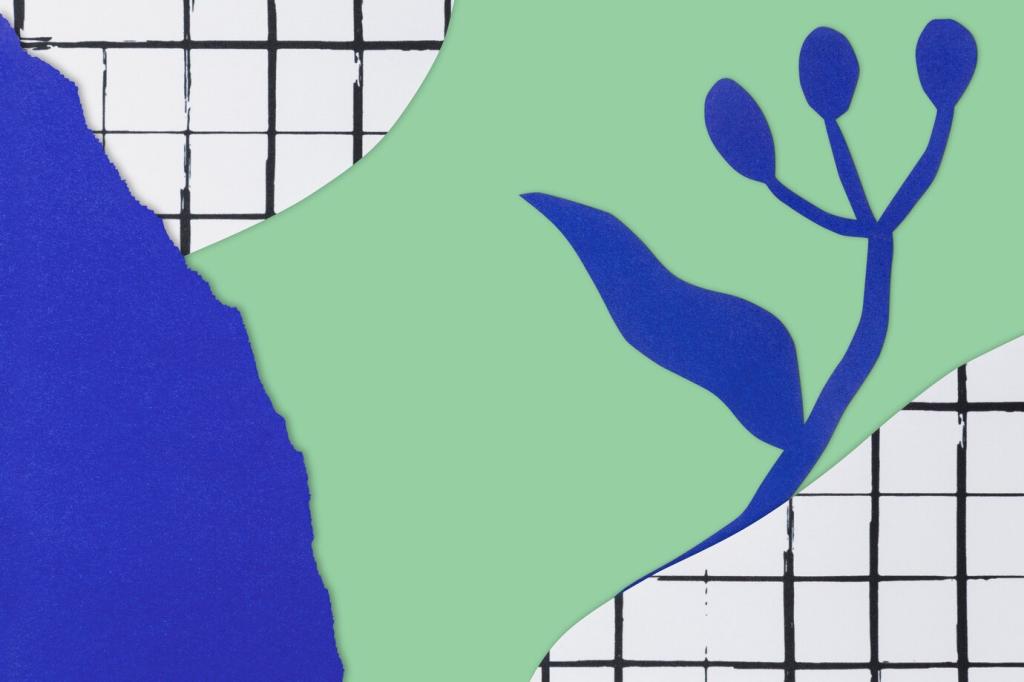
Select a neutral, sturdy sofa with removable, washable covers and modular components that evolve with life changes. Layer reclaimed side tables and long-lived wool rugs. Rotate art, not furniture, to refresh the mood without resource-heavy overhauls.
DIY Upcycling Projects That Look Luxe
Mill and sand pallet planks, arrange in a clean horizontal rhythm, and finish with plant-based oil. Add simple brass pulls for contrast. The result feels bespoke, sturdy, and far more characterful than flat-pack replacements.
DIY Upcycling Projects That Look Luxe
Combine worn shirts, leftover linen, and heirloom scraps into a cozy throw. Align color families, stitch with visible mending, and back with organic cotton. Every seam holds memory, turning textile waste into comfort with narrative richness.
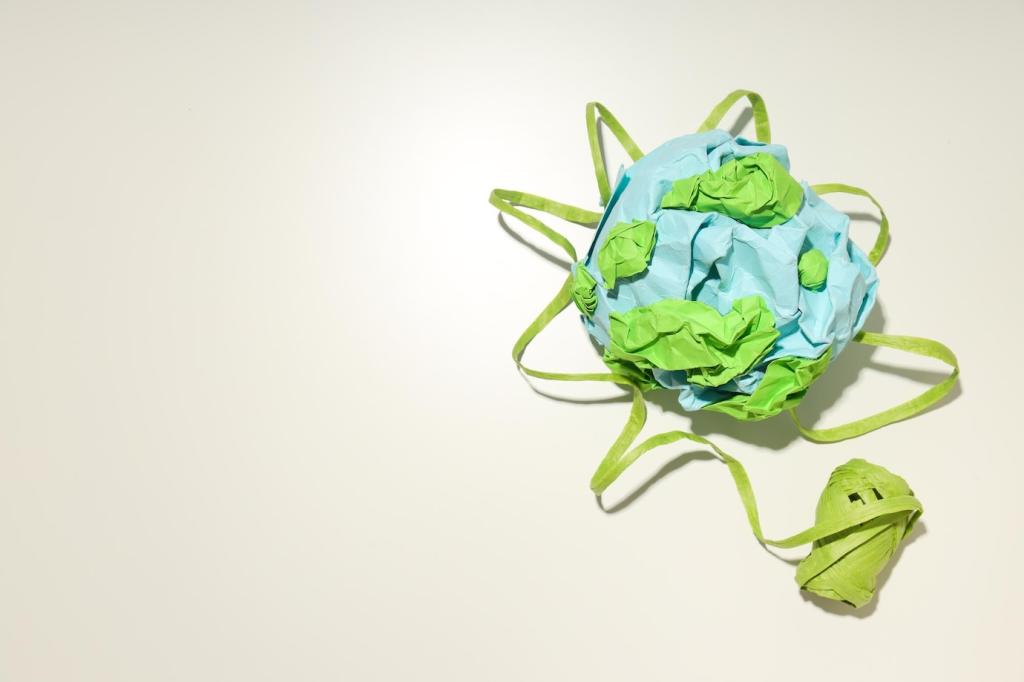
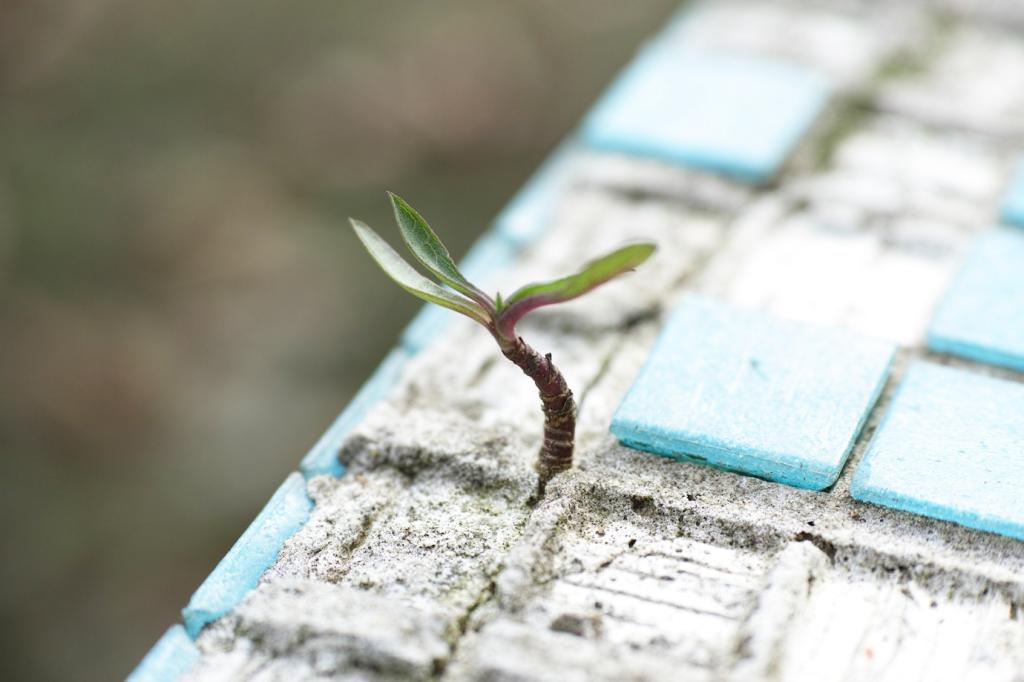
Maintenance, Repair, and Adaptability
Schedule a monthly repair night: tighten chairs, oil hinges, patch paint, and treat wood. Keep a visible toolkit so small issues never grow. Invite friends, swap skills, and stream music while your home quietly gains resilience.
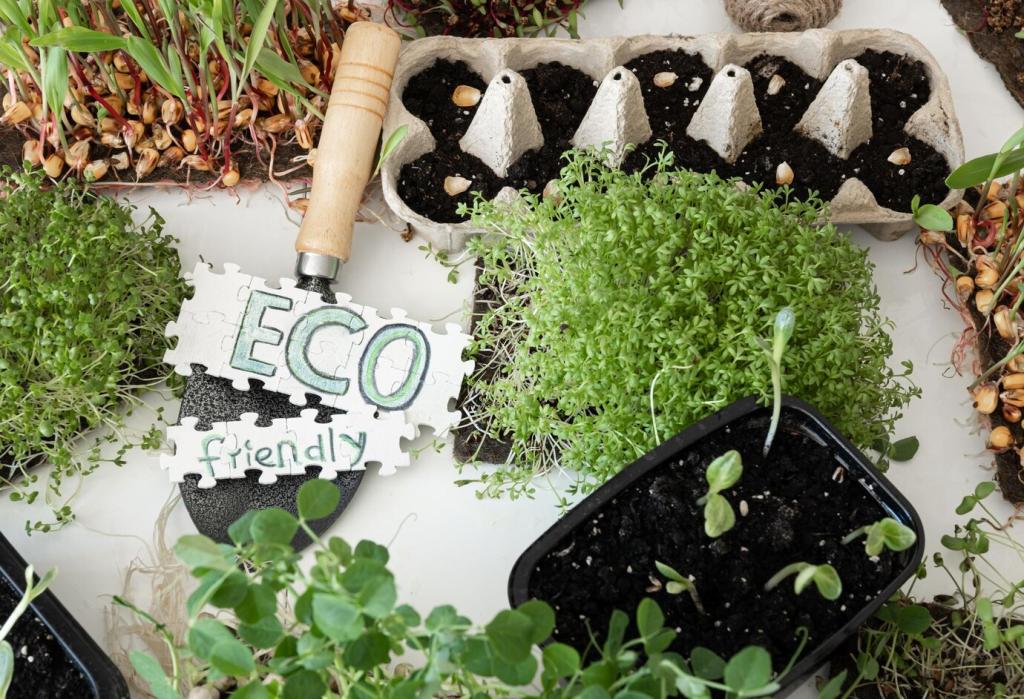
Human Stories from Circular Homes
Maya kept every wall intact, sourced a secondhand sofa with washable covers, and built shelves from floor scraps. When she moved, nothing was trashed—everything resold or reused. Her deposit returned, her conscience light, her style unmistakably hers.
Human Stories from Circular Homes
Jorge refinished his grandmother’s cedar chest using low-VOC oil and added hidden casters. Now it’s coffee table, storage, and conversation starter. He says guests linger, drawn by scent and story—proof that heritage can anchor contemporary minimalism beautifully.
Human Stories from Circular Homes
A Sunday furniture swap turned mismatches into perfect fits. One lamp found its future, a rug its room, and tools new homes. People stayed, shared tea, and traded repair tips—suddenly, zero waste felt joyful and communal.
